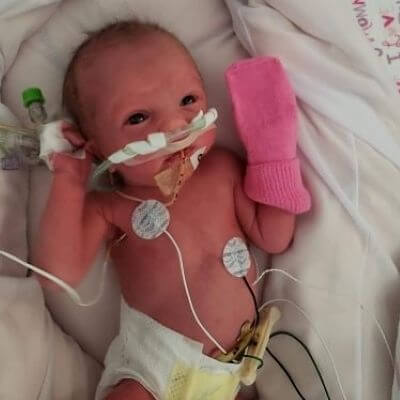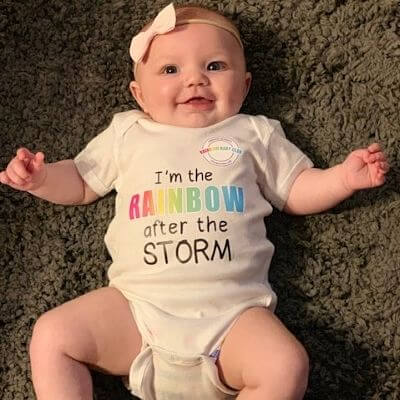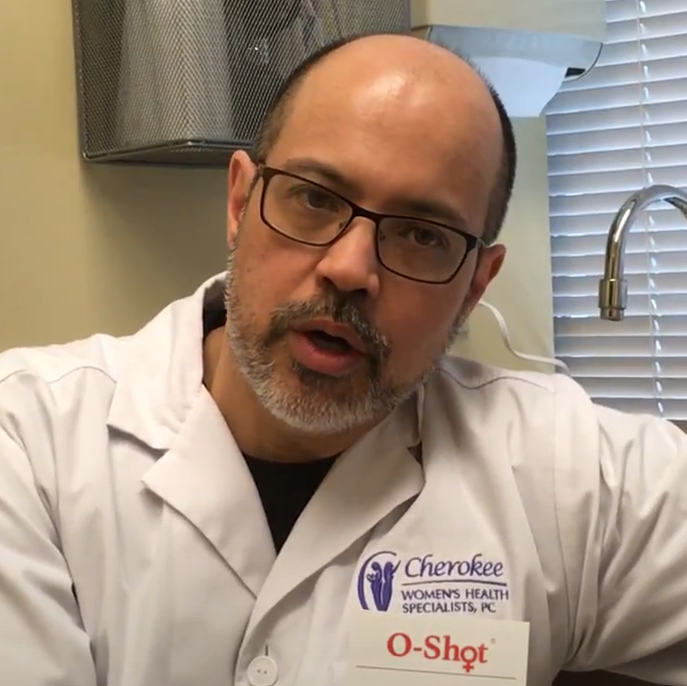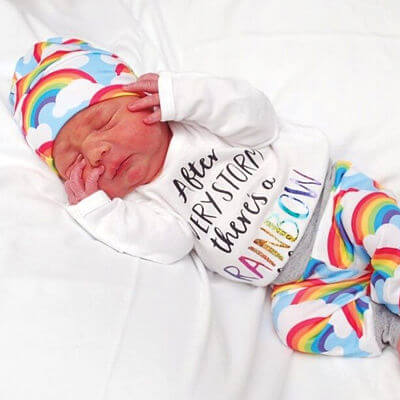Prolapsed Bladder – Linda’s Story
Linda was in the shower one night when she unexpectedly felt a balloon-like protrusion between her legs. She was 65 years young and in good health, but now she was concerned something was seriously wrong. She immediately called her daughter to share what she had discovered and to convey how worried she was. Her daughter helped calm her nerves and suggested that she call her doctor’s office. Prolapsed Bladder Even though it was Friday night and after hours, Linda called Cherokee Women’s Health and and left a message with their 24-hour on-call service. The on-call nurse promptly returned her call and told Linda that it sounded like bladder or uterine prolapse. She assured her that there was no need for alarm and that a trip to the emergency room wasn’t necessary. The nurse did, however, suggest that Linda come in for an appointment as soon as possible. Linda made an appointment for the following Monday. Prolapsed Bladder Explained Upon examination, the doctor reiterated what the nurse had told her — that she did indeed have a prolapsed bladder, also known as a cystocele. He explained that a prolapsed bladder is very common and occurs when the supportive tissue between a woman’s bladder and vaginal wall weakens and stretches, allowing the bladder to bulge into the vagina. Depending on the severity of the prolapse, many women experience incontinence and constant pressure and/or discomfort, which can interfere with daily activities, such as exercise or intercourse. Causes of Prolapsed Bladder Prolapsed bladder can be caused by a number of things, including: Straining during vaginal childbirth Chronic constipation Violent coughing Heavy lifting The doctor also reassured Linda that her prolapse wasn’t life threatening or a surgical emergency. However, she was told that she would eventually need to consider surgery, since symptoms typically increase over time. Linda was particularly at high risk for this since her job required that she lift heavy items. Meeting Dr. James Haley Linda continued living with the prolapse for another year but, as predicted, her symptoms became more pronounced. When she returned to Cherokee Women’s Health for her annual exam, she saw Dr. Haley for the first time, who came highly recommended and is double board-certified in urogynecology. Dr. Haley listened as Linda described the constant pressure she had been feeling and how it was interfering with her life. Upon evaluation, he determined that along with bladder prolapse, Linda’s uterus was now prolapsed as well — and she had also lost support for other areas within her vagina. Dr. Haley suggested it was time for Linda to consider surgery, along with a total hysterectomy and an anterior, posterior, and enterocele repair. Feeling Back to Normal Linda followed Dr. Haley’s recommendations and had the surgery. It went well and eight weeks later, she returned back to work, feeling normal. “I knew the minute I met with Dr. Haley that I was in good hands. I trusted his experience and expertise and appreciated his kind and patient demeanor.” – Linda on meeting Dr. Haley Four months later and Linda is still doing great. She no longer has constant pain, pressure or discomfort. She is so happy she had the surgery and says, “I am so thankful to Cherokee Women’s Health and to Dr. Haley. I recommend him to everyone I know.” If you are experiencing any of the symptoms Linda had, or any other gynecological issues, don’t wait. Call us at 770.720.7733 to schedule and appointment with one of our expert physicians.














